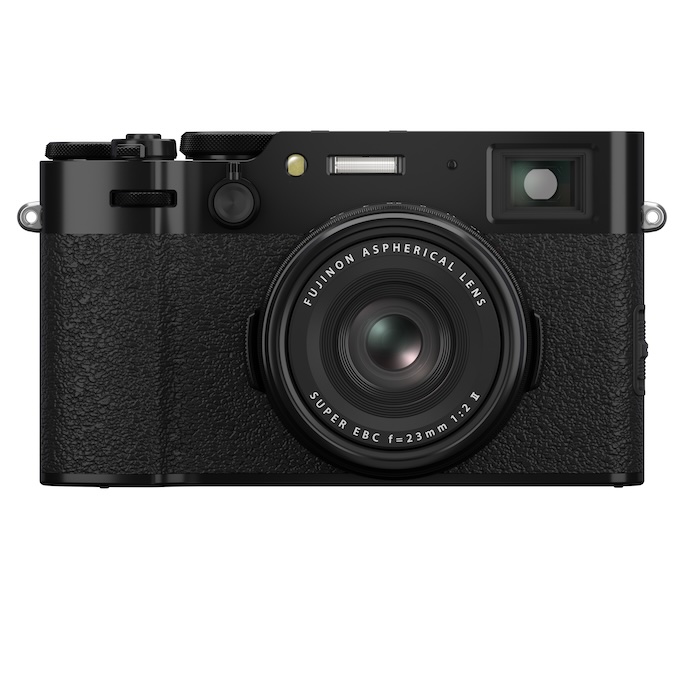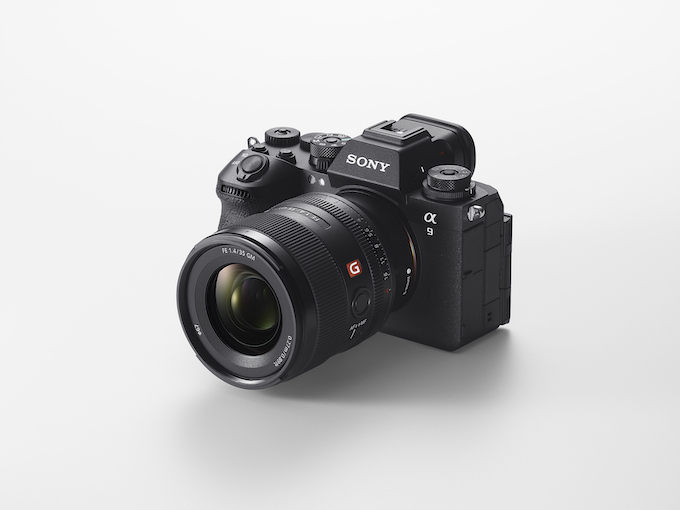Hands-On Review: The Olympus OM-D E-M1 Mark II
February 28, 2017

A comfortable, weather-sealed build is just one of the many design attributes of the new Mark II.
Speed and stability are two of the standout features of Olympus’ latest OM-D Micro Four Thirds camera. The 20-megapixel OM-D E-M1 Mark II takes the core features of its popular predecessor and adds technology that delivers Ferrari-like speed, outstanding autofocus and some of the best in-body image stabilization on the market today.
At $2,000 (body only), you’ll pay a premium for all those performance and image stabilization enhancements but you’ll also get solid image quality, 4K video capture and a host of other features. I was a fan of the OM-D EM-1 Mark II’s predecessor, so the new model had some pretty big shoes to fill. I tested it with the M. Zuiko ED 12-40mm f/2.8 Pro, the 300mm f/4.0 IS Pro and the 25mm f/1.2 Pro lenses.
Image Quality
Straight out of the camera, the EM-1 Mark II delivers great JPEG images with well-saturated colors on the Natural Picture Mode setting. If the colors and/or contrast are a little too punchy for your taste or subject matter, check out options such as the Muted or Custom Picture Modes. You can also get creative with one of Olympus’ long list of filters such as Light Tone, Dramatic Tone or Vintage. The E-M1 Mark II’s dynamic range is also quite good, as is overall resolution, sharpness and detail capture. For extra resolution, the High Res Shot mode combines a staggered series of eight shots to create up to a 50-megapixel JPEG (JPEG + RAW is also available) image. Although not quite as good as medium-format images, the results are impressive given the camera’s small sensor.
Low light/high ISO performance is quite good up to about ISO 4000. In-camera noise reduction can be a little heavy handed, though, so it’s best to shoot RAW and post-process the image yourself.
Video quality is quite good as well, especially in 4K, which is available in UHD (3840 x 2160) or the higher resolution (4096 x 2160) Cinema 4K. It’s well worth shooting in 4K versus full HD for the cleanest, sharpest footage and most accurately rendered colors. Minimal rolling shutter is also a bonus, as is the generally clear audio recording.
Design
At 5.27 x 3.57 x 2.71 inches and weighing in at 1.26 pounds, the EM-1 Mark II is slightly larger and heavier than its predecessor. The grip is more substantial and provides a good balance with longer/heavier lenses, like the 300mm f/4.0 Pro. Its well-constructed body is dust/splash/freezeproof and ready for just about any outdoor adventure. There’s no built-in flash, but the EM1 Mark II comes with a very cool little tilt-and-rotate external flash for the hotshoe. Dual SD/SDHC/SDXC card slots can be customized but only one slot is compatible with speedy UHS-II SD cards.
Complementing the large, bright EVF, the 3-inch touchscreen LCD is now fully articulated. The touchscreen is responsive but limited to touch-focus and touch-shutter release and some access to the Control Panel. The screen opens to the left and butts up against accessory ports, so the LCD can get in the way when plugging in accessories like an external microphone or headphones.

What we liked
Performance is one of the highlights of the EM-1 Mark II, from its speedy continuous shooting to amazing image stabilization. With the mechanical shutter, you’ll get up to 15 fps with continuous AF; the camera’s even faster using the electronic shutter—up to 18 fps in continuous AF and 60 fps in single AF. Autofocus is impressively fast, and the CIPA battery life has been increased to about 440 shots, but we managed to easily double that when shooting stills. Olympus claims about 5.5 stops image stabilization, and that’s pretty close to accurate. What surprised me most was being able to capture clean images handheld with the 300mm lens (which delivers a 600mm-equivalent focal length on a full-frame camera).
What We Didn’t Like
Given the camera’s speed, we were disappointed that only one of the two SD card slots supports UHS-II cards. And, when shooting in long bursts, the buffer may take a while to clear. While the menu system has been revamped, it’s still very dense and can be confusing to navigate.
How It Compares
As much as we liked the Olympus OM-D EM-1 Mark II, the Micro Four Thirds 2x crop factor may be an issue for wide-angle shooting. The Sony a6500 and Fujifilm’s X-T2 APS-C cameras are better suited to wide-angle work while offering fast continuous shooting and above-average autofocus—for about $700 less. For about the same $2,000 price, the Nikon D500 offers a smaller crop factor.
Bottom Line
There’s more to a camera than sensor size, of course, and the EM-1 Mark II excels at most other parameters, blazing-fast performance and image quality being two of them. While wedding and portrait photographers may not always need the high burst rate speed, being able to capture the wedding recessional without missing a beat, or having in-camera image stabilization that lets you handhold the camera in otherwise impossible situations, are only a couple of reasons to strongly consider adding this camera to your gear bag.
Theano Nikitas has been covering photography for over 20 years. Although she loves digital, she still has a darkroom and a fridge filled with film.




